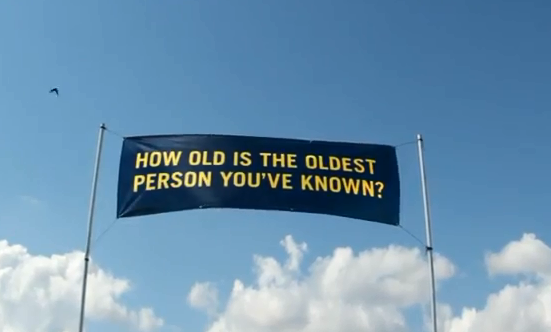Tag: visual attention

Marketing Information and Advocacy Advertising: Simple Rules
It is a simple concept. People don’t read ads, they read what interests them. So if you are going to generate advertising and design, you are going to have to create an interesting copy. And, oh, by the way, it must be more interesting than the millions of other advertisements out there. Now that is…
